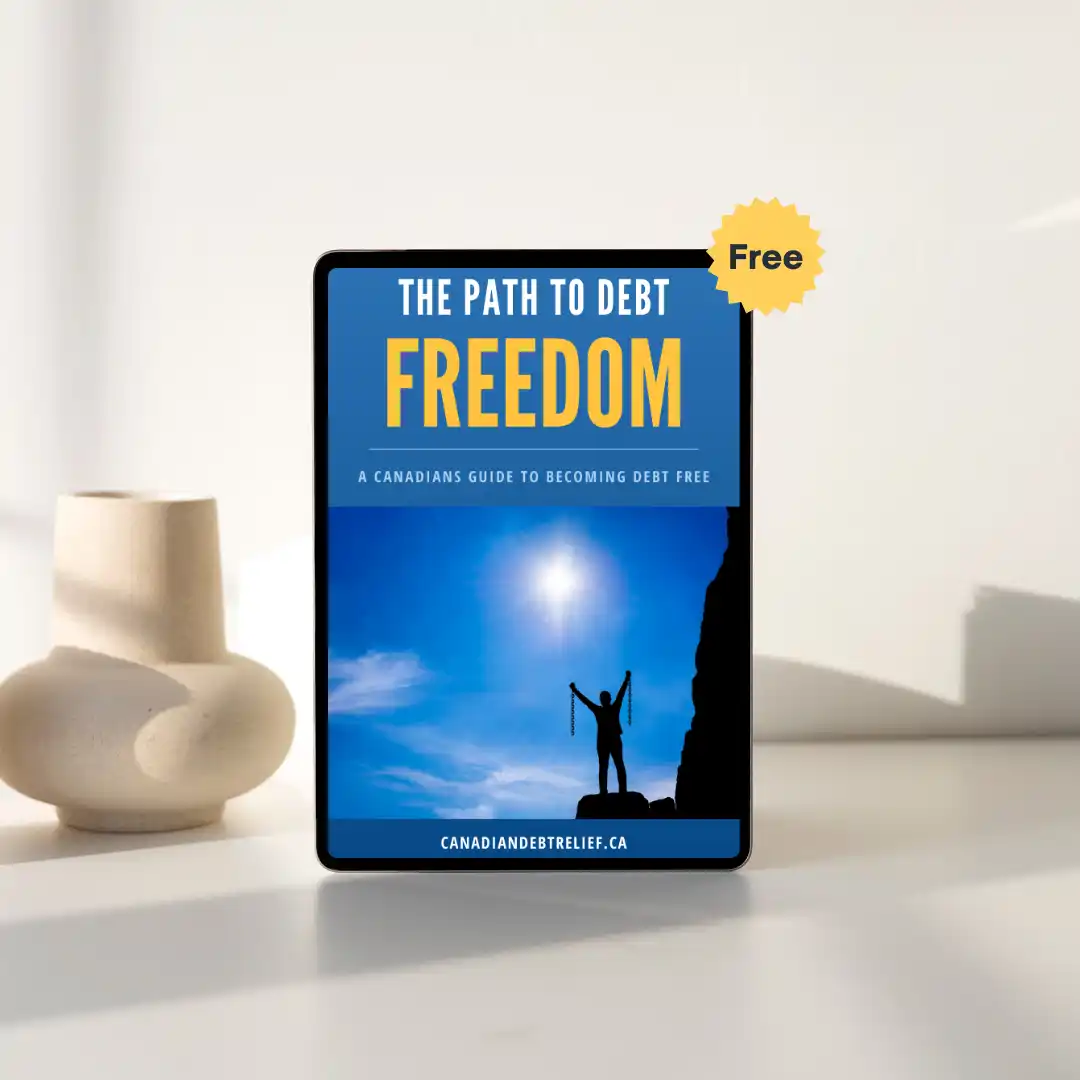Understanding Consumer Proposals: A Simplified Guide
When dealing with financial stress, many Canadians ask, What’s consumer proposal? Understanding this debt relief option can be a key step towards financial stability. A consumer proposal is a legal process governed by the Bankruptcy and Insolvency Act that allows individuals to settle their debts with creditors for less than what is owed. This guide will break down what consumer proposals are, their benefits, and the steps involved in filing one.
What is a Consumer Proposal?
A consumer proposal is a formal agreement between you and your creditors to pay back a portion of your unsecured debts, which can range from credit card debt to personal loans. This arrangement is facilitated by a Licensed Insolvency Trustee (LIT). When creditors accept the proposal, you agree to make regular payments to the LIT, who then distributes the funds to your creditors.
Benefits of a Consumer Proposal
- Avoid Bankruptcy: Consumer proposals offer an alternative to filing for bankruptcy, which can have more severe long-term effects on your financial standing.
- Keep Your Assets: Unlike bankruptcy, where you may have to forfeit assets, consumer proposals allow you to retain your home, car, and other valuable possessions.
- Interest Freeze: Once the proposal is filed, creditors can no longer charge interest, providing immediate financial relief.
- Single Monthly Payment: You make only one manageable monthly payment, simplifying your finances.
- Protection from Creditors: Filing a consumer proposal grants you legal protection from creditors, stopping wage garnishments and collection calls.
Steps to File a Consumer Proposal
Here’s a step-by-step guide to help you understand the process:
- Consult a Licensed Insolvency Trustee (LIT): The first step is to meet with an LIT, who will assess your financial situation and determine if a consumer proposal is right for you.
- Prepare the Proposal: The LIT will work with you to draft a proposal that outlines how much you can afford to pay and over what period (up to five years).
- File the Proposal: Once prepared, the LIT will file the proposal with the Office of the Superintendent of Bankruptcy (OSB) and submit it to your creditors.
- Creditor Vote: Creditors have 45 days to accept or reject the proposal. If more than 50% of the dollar value of the voting creditors accept it, the proposal is accepted.
- Repayment: Once accepted, you’ll begin making agreed-upon payments to the LIT, who will distribute these funds to your creditors.
- Completion: After all payments are made, you’re discharged from your unpaid unsecured debts, providing you with a fresh financial start.
Is a Consumer Proposal Right for You?
Deciding whether a consumer proposal is the best solution depends on your financial situation. It can be a beneficial option if you have a steady income but are overwhelmed by your debts. However, it’s crucial to seek professional advice from a Licensed Insolvency Trustee to explore all available options, such as credit counseling or debt consolidation, to ensure you make an informed decision.
Conclusion
If you’re facing significant debt, understanding what’s consumer proposal can be instrumental in regaining control of your finances. This debt relief option offers numerous benefits, including the ability to avoid bankruptcy and keep your assets. By following the steps outlined in this guide and consulting with a Licensed Insolvency Trustee, you can create a manageable plan to settle your debts and work towards financial recovery.
Take the first step toward financial freedom today by exploring the possibility of a consumer proposal.
See if you qualify for debt relief
